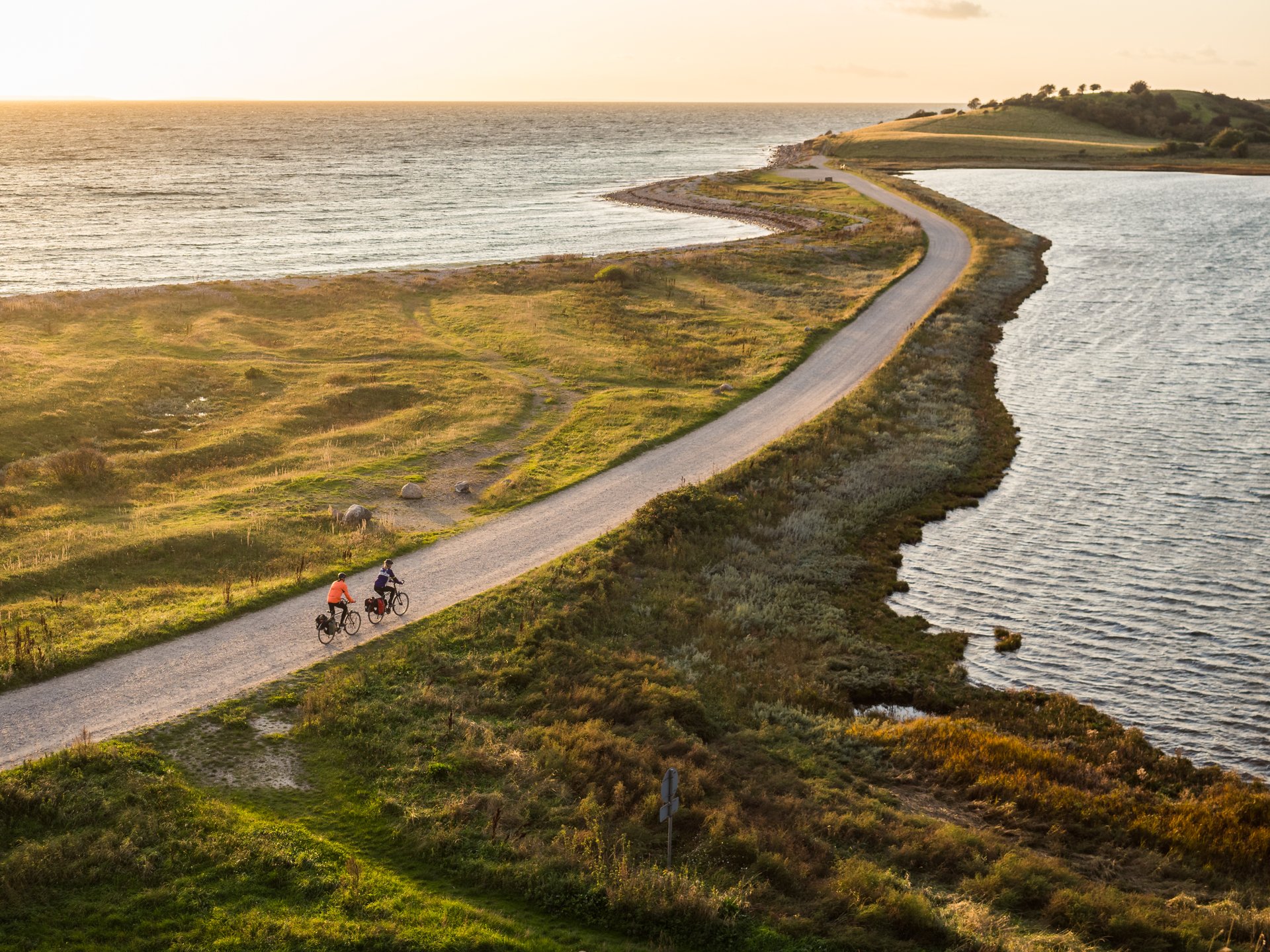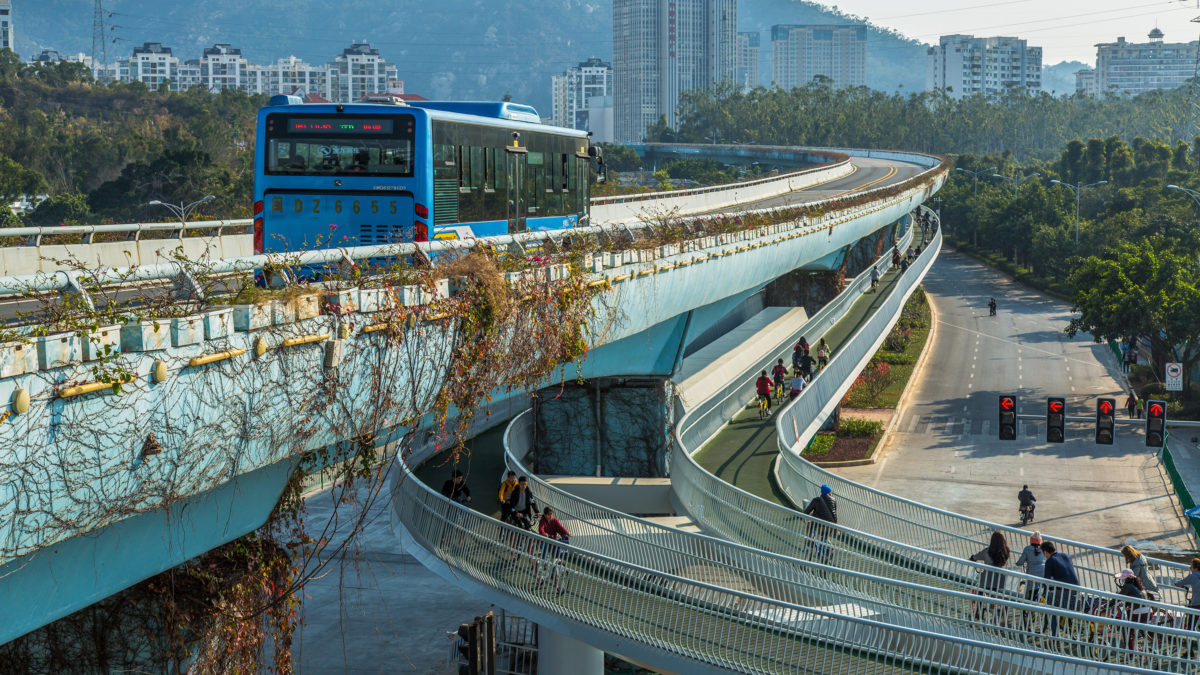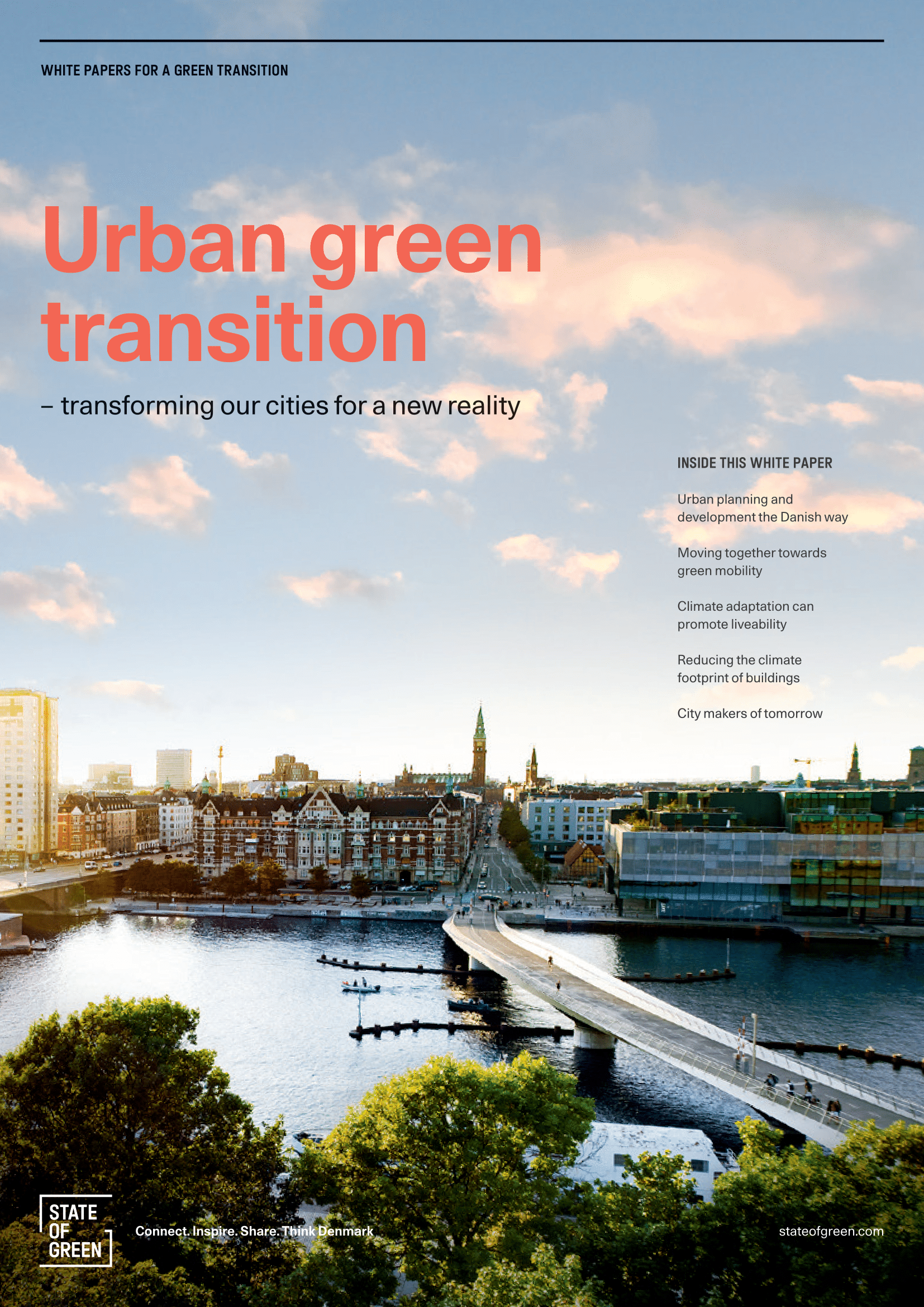News
Urban mobility
Copenhagen’s bicycle bridges create high socio-economic benefits


Two years ago, Copenhagen overtook Amsterdam as the “bicycle capital of the world” as measured by the Copenhagenize index. The latest bicycle accounts released from the City of Copenhagen include an assessment of how bicycle infrastructure benefits society socio-economically with proven environmental and health advantages. The City of Copenhagen has an ambition of being the best cycling city in the world and is, at the same time, striving to become CO2 neutral by 2025. In both cases, Copenhagen’s bicycle bridges are making a tangible contribution to reach these goals by enhancing mobility and facilitating an environmental-friendly way of transportation that saves people time.
-Related News: The World's Longest Elevated Cycle Path Built in Record Time
Enriching society both economically and environmentally
As an example of how bicycle bridges benefit society as a whole, the report highlights The Bicycle Snake, designed by Danish architecture firm Dissing+Weitling and completed three years ago. The Bicycle Snake has dual benefits of both enhancing cyclists’ mobility and saving them time. More concretely, the accounts highlight the high socio-economic benefits derived the bridges. The socio-economic return is an impressive nine percent, which is two to three times higher than other infrastructure investments i.e. Copenhagen’s Metro City Ring. The ROI is equal to 6.6 million USD over 20 years. The reason for the remarkable ROI of nine percent is that the bridge creates a daily time saving of 380 hours and at the same time reduces Copenhagen’s CO2 emissions by 87 tons each year. In relation, The Quay Bridge, completed in 2006 and also designed by Dissing+Weitling, is so time saving that the socio-economic savings has exceeded the construction costs by far.
-Related News: Bicycles Outnumber Cars for the First Time in Copenhagen
Cycling enhances a city’s liveability
As part of the plan of becoming both CO2 neutral by 2025 and being the world’s best cycling city, the City of Copenhagen is planning to extend and improve its existing bicycle infrastructure, including the construction of several new bicycle bridges. A handful are already underway with more to come in the near future. Cycling is one of the most sustainable and healthy yet time saving transportation methods in urban areas. For the past decade, Copenhagen has been a frontrunner in creating innovative bicycle infrastructure, motivating more and more cities to follow suit. Copenhagen has had great success in creating highly functional infrastructure solutions that are also aesthetically pleasing. At the same time, many of these are elegant structures that have become urban icons, adding significant brand value to Copenhagen and placing the city amongst the most livable cities in the world.
-Sources: Dissing + Weitling, The City of Copenhagen
-Photo credit: Rasmus Hjortshoj
You should consider reading
publications
Urban planning and development
+20















